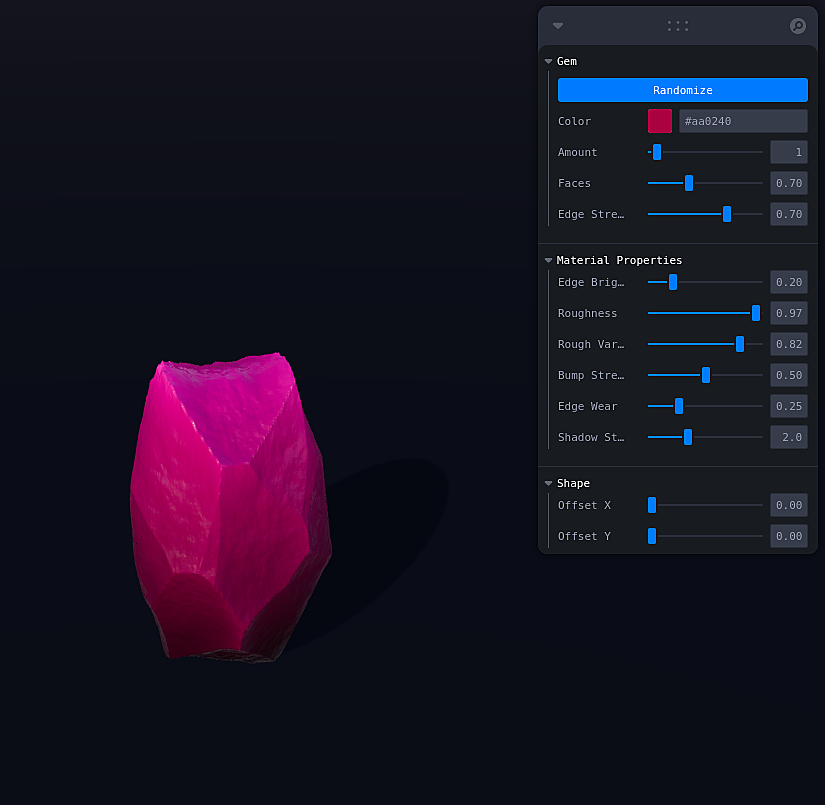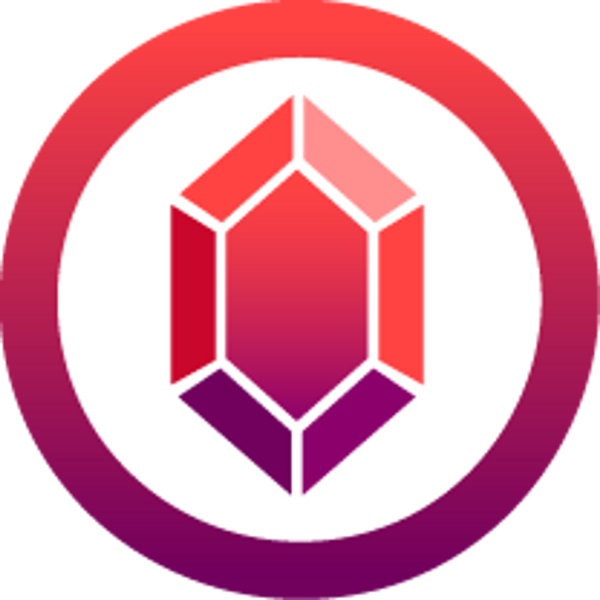Creating any DeFi application, and particularly an AMM, is about far more than providing a single, standalone project. The dominant AMM is the hub for DeFi activity on its network: The venue where traders, developers, and third party services converge to enjoy the benefits of the liquidity that everyone brings to the table. In that respect, we're building tech that will underpin a whole DeFi ecosystem, not just our own dapp.
Looking for a platform capable of supporting the core DeFi infrastructure of the future is a lot like searching for a new place to live. And, while there were plenty of alternatives to consider, it wasn't a difficult decision for Ruby to make our home on SKALE.
Ruby And Life At SKALE
Any DeFi project that wants to gain traction has to look beyond Ethereum mainnet. The good news is there are lots of great L2 options available now, including different sidechain solutions, ZK rollups and Optimistic rollups, and non-Ethereum but EVM-compatible blockchains. All of these are groundbreaking and have much to offer.
So, why did we choose SKALE?
Taking the metaphor of finding a place to live, it was actually a pretty straightforward decision. There were lots of reasons to love SKALE and none to dislike it. Together, these factors painted a compelling picture of a growing ecosystem that would not only serve the needs of Ruby and its users right now, but would be in a strong position to continue to do so as the Ethereum space evolves.
1. No Congestion
No one likes being stuck in traffic, which is one of the chief reasons L2 solutions are needed at all. Ethereum maxes out at around 15 transactions per second, with a roughly 15-second block time. SKALE can handle 2,000 tps, with sub-second confirmations. The configurable nature of SKALE chains means that more capacity and functionality can easily be added when required.
2. More Bang For Your Buck
On SKALE, your money goes further. For users, there's no charge for using the network—gas is completely free. Whereas users can expect to spend anything from $20 to $200 in gas alone for a Uniswap trade on L1 (depending on network congestion), the only cost on SKALE is the AMM's own commission fee.
Something else SKALE's zero-gas environment allows us to do from the ground up and from day one, is integrate NFTs, one of the most exciting but underused developments in the crypto space. NFTs have many applications beyond trading artwork and collectibles, but the costs of minting them on L1 have meant no project has yet come anywhere close to realizing their full potential. With gasless transactions, Ruby is able to generate and issue "gem" NFTs on-demand, for a whole range of purposes:
- User avatars
- Vouchers for trading fee rebates and liquidity provider APY boosts
- Affiliate links, copy-trading identifiers, and other social sharing signifiers
The ongoing costs of minting NFTs on L1 also insulate Ruby from the problem of existing AMMs retro-fitting similar functionality to retain their competitive edge—allowing us to incrementally and reliably build network effect and "stickiness" for our users.

3. The Fast Commute
No chain is an island. It's always going to be necessary to travel backwards and forwards between different L1 and L2 solutions. We're heading firmly for a multi-chain world where interoperability is the name of the game. Users and liquidity need to be able to flow as freely as possible between the options available.
Unnecessary delays pose a serious barrier to that vision. SKALE's IMA Bridge allows users to move into or out of the ecosystem in just 18 seconds. As well as being fast, it's transparent, decentralized, and secure. By integrating that bridge right into Ruby's UX, we can enable users to migrate funds with a single click in a near-frictionless process.

4. Outstanding Amenities
Selecting a blockchain infrastructure partner is a question of understanding the range of features a chain provides and comparing them to the alternatives on the market. With SKALE, those features aren't just up to standard—they're far above anything that any other solution offers.
SKALE is more like a decentralized AWS than a simple sidechain provider. For instance, SKALE's decentralized file storage means we can use it to host metadata for our NFTs, something that would be impossible on Ethereum L1. (Many users don't realize that NFT image files are typically stored using centralized services, and can therefore become unavailable, even if the token contract is immutably recorded on the blockchain.) That immediately removes a major single point of failure for our users.
Moreover, as well as full compatibility with existing Ethereum technology, the team is actively researching ways to improve it—BLS rollups, which shrink the size of Ethereum transactions by over 85%, being a good example.
5. Business-Friendly Ethos
While some DeFi platforms settle for a "Build it, and they will come" mentality, the SKALE team is working hard to make sure the network gains traction. They have a proactive approach to business development and have gone out of their way to look for flagship projects (like Ruby) to support in each vertical. That gives us even greater confidence that SKALE will become a thriving network of interlinked chains and dapps, each of which brings value to the others.
Making Ruby The Foremost SKALE AMM
The SKALE Network is one of the core pillars that underpins Ruby. By leveraging SKALE's high-speed, secure, gasless technology, and with the support and expertise of their team, we're building something absolutely unique in the DeFi space. By contributing at the network and application layers in this way, Ruby and SKALE both stand to become not just foundational projects themselves, but key infrastructure for the wider Ethereum ecosystem.
Learn more about Ruby by visiting Ruby.Exchange, following the project on Twitter and Telegram, or subscribing to the Ruby blog.






